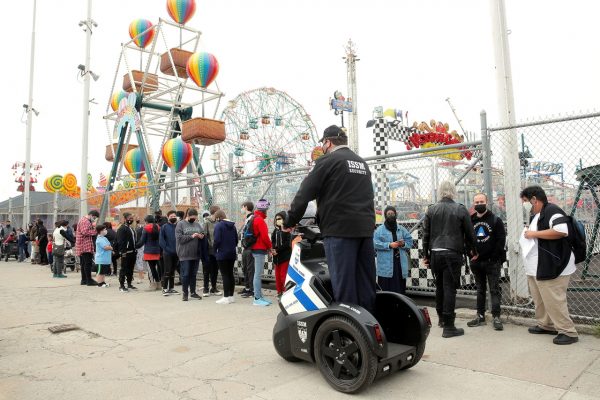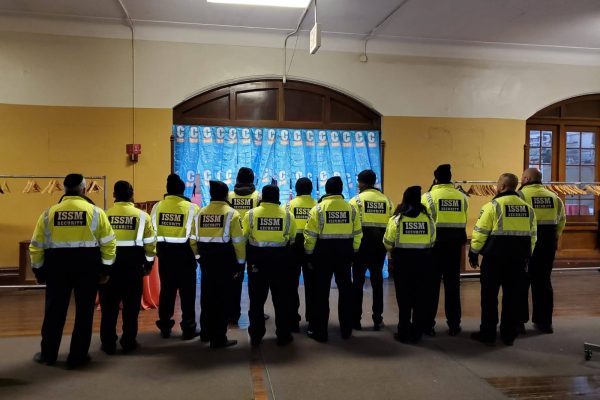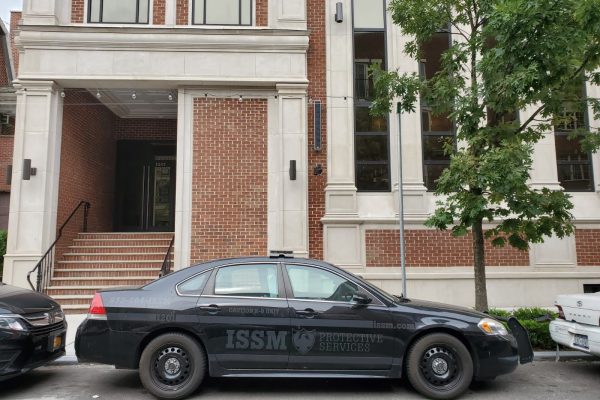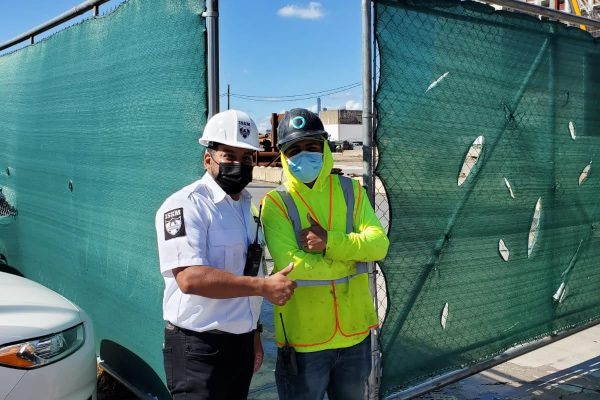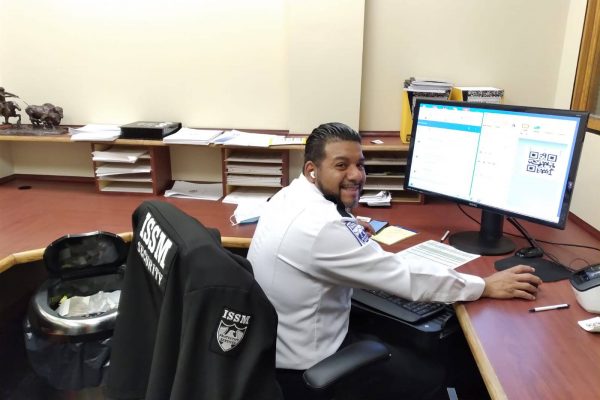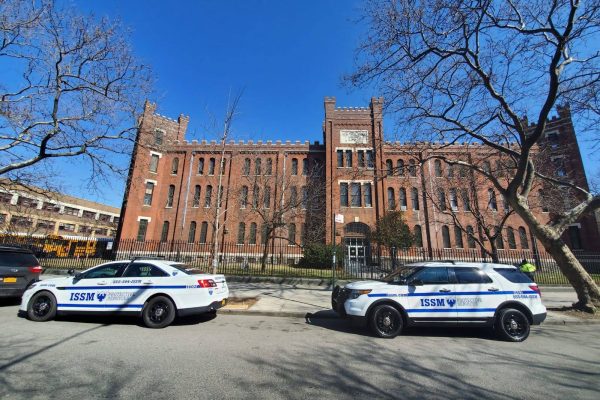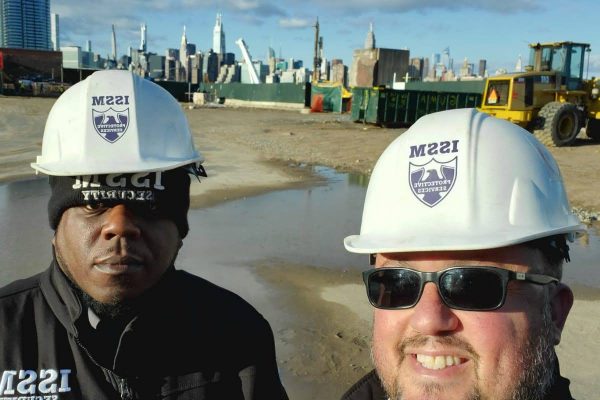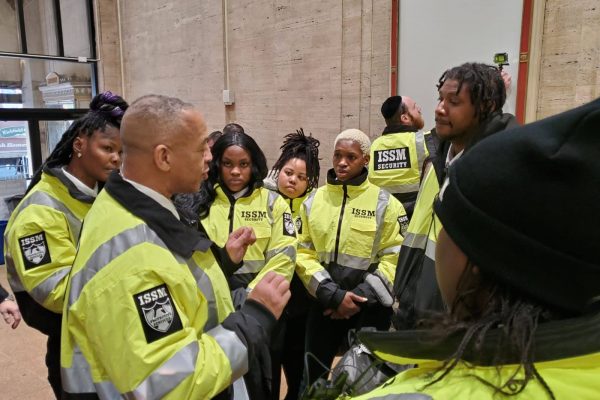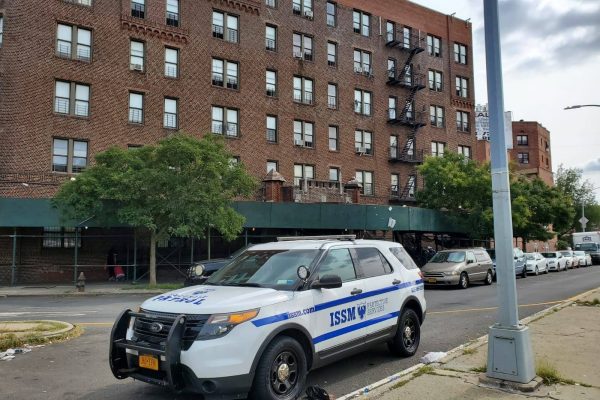October, 2012. Hurricane Sandy rips through one of the most lauded cities of the modern world, our very own New York City. As anyone who lives here or saw the news can recall, people of all walks found themselves without roofs, electricity, and water, all in the midst of a freezing, snowy winter – for days on end. To say the least, daily living halted. Overall, just getting through a day could be unsettlingly scary. People were simply at a loss as to what to do during a national disaster emergency.
As a major disaster in a popular city, with an estimated 147 dead and over $75 billion worth of damages, Sandy was the media stronghold of its timeframe, and to this day the word “Sandy” remains a household name because of the hurricane’s effect. What’s not reported nationwide, and certainly not worldwide, are the lesser-known disasters in several areas of the US which also incur loss of life and hefty economic hits, yet weren’t granted a particular name. Likewise, many disasters incur lower numbers of losses and smaller amounts of damage, but nonetheless are still undoubtedly considered emergencies. On the large scale, for example in 2011, there was a series of – get this – 336 tornadoes in the area of Alabama, Tennessee, Mississippi,Georgia, Arkansas and Virginia, wreaking havoc to the tune of $11 billion. On the smaller scale of emergency disasters are the likes of building fires, flash floods, crowd mismanagement, and train wrecks.
The key to saving lives and reestablishing order is to have an emergency disaster response team in place, ready to go at a moment’s notice. Initially, the aim of emergency disaster response is to provide on-the-spot medical help, food supplies, shelter, and sanitation arrangements. As the days go on, emergency disaster relief usually migrates into specific social worker arrangements, including economic assistance.
Emergency disaster teams are like angels sweeping in to grab hold of any semblance of life and bring it back in full. The services involve emergency medical teams, security guarding, and canine inspectors searching for bodies. All in all, setting up a disaster relief work team is another spoke in the wheel of astute physical, emotional, and finance planning. Having a ready team provides you the insurance policy you need to know you can handle a disaster emergency with confidence and poise, reducing the damage’s effect on people. In this way, we harness Sandy’s name and use it for best future planning, no matter the size of the emergency disaster.


